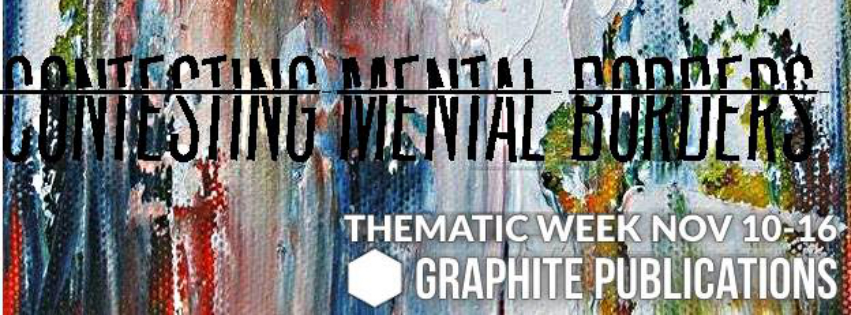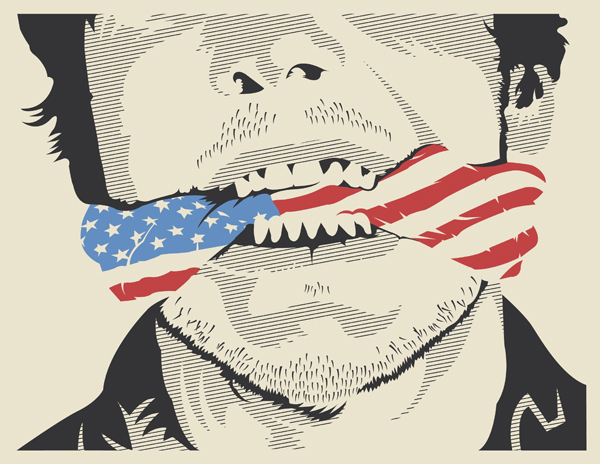The United States obscenity law is closely interwoven with America’s unfortunate contradiction. That is, although it is a land that touts the virtues of minimal government interference and maximal individual rights, it still finds it in its prerogative to impose stringent moral standards on an otherwise horny, albeit harmless population. Since the early 19th century, material regarded as “obscene” has been prohibited in most American states. Formalization of the prohibition into a federal statute was instated after avid lobbying by one Anthony Comstock, a United States Postal Inspector (after the fact) with a fetish for Victorian morality; later, George Bernard Shaw coined the term “comstockery” to mean, “censorship because of perceived obscenity or immorality.” This obscenity law forbade upon its inception the distribution of sexually explicit material, as well material dealing with birth control and abortion.
On April 8, 2008, more than a century after the federal statute’s derivation, Evil Angel — a popular American production film company and distributor of pornographic films — and its owner, John Stagliano, were indicted on federal obscenity charges by a grand jury in Washington D.C. Stagliano, famous for pioneering the Gonzo pornography genre (a type of film-making that brings the viewer directly into the scene by having the actors hold the cameras themselves) was running one of the most successful hardcore adult film production companies at the time.
According to an interview with Stagliano in the Vice documentary Belladonna, the rise in prosecution occurred shortly after the start of George W. Bush’s first presidential term, whereat he appointed an anti-obscenity task force as payback to the religious right for getting him elected. The task force had been persecuting small players and getting convictions, but allegedly, complaints were rampant that the force wasn’t pursuing big enough actors. Hence Stagliano claims he came into the picture. As the head of a successful and mainstream porn production company, Stagliano had produced a film directed by Jay Sin called “Milk Nymphos” that centered around the use of milk enemas. Sin’s film, along with “Storm Squirters 2” directed by Joey Silvera, and a trailer for “Belladonna: Fetish Fanatic 5,” was included in the obscenity charge against Stagliano. As pornography actress Kimberly Kane recounts of the time and Stagliano’s indictment,
Even though there’s nowhere in the laws anywhere that say that what they [actors in Sin’s film] did in that movie is obscene, it’s contemporary community standards…so basically, a judge or whoever in our community will decide if a milk enema is obscene or not, and if John Stagliano will be going to jail for the rest of his life, because it was obscene to a judge in like, Tennessee [sic].
Indeed, the U.S. federal obscenity law is peculiar in that it not only lacks a uniform national standard on what constitutes obscene matter, it also guarantees that conclusions on the subject will vary per jurisdiction. The United States Department of Justice explains under the “Citizen’s Guide to U.S. Federal Law on Obscenity” that judges and juries use a test called the “three-pronged Miller test” to evaluate the obscenity of the items in question. Those points of evaluation read as follows:
1.Whether the average person, applying contemporary adult community standards, finds that the matter, taken as a whole, appeals to prurient interests (i.e., an erotic, lascivious, abnormal, unhealthy, degrading, shameful, or morbid interest in nudity, sex, or excretion);
2.Whether the average person, applying contemporary adult community standards, finds that the matter depicts or describes sexual conduct in a patently offensive way (i.e., ultimate sexual acts, normal or perverted, actual or simulated, masturbation, excretory functions, lewd exhibition of the genitals, or sado-masochistic sexual abuse); and
3.Whether a reasonable person finds that the matter, taken as a whole, lacks serious literary, artistic, political, or scientific value.
This predicate on contemporary adult community standards is precisely why the obscenity laws offer something to fear in a society that purports to protect individual autonomy through the right to free speech in spite of prevailing authorities, such as the State and its moral compass. It’s a censorship that is arbitrarily dependent on what the general population finds tolerable, or rather, what the individuals in power find acceptable, and the U.S. does not have a history of social progressivism compared to its western kin (like Shaw wrote on Comstock in a cable to the New York Times in 1905, “Comstockery is the world’s standing joke at the expense of the United States. Europe likes to hear of such things. It confirms the deep-seated conviction of the Old World that America is a provincial place, a second-rate country-town civilization after all.”). Although we discuss here simply a dispute over the distribution of materials (porn specifically) that tend to offend the sensibilities of some, it is clear how a statute shaped like the normative structure of the obscenity law might have wider implications in a “free” society.
The distinction between protected forms of free speech and obscene materials, which are illegal and thus not protected under the first amendment, are determined by cultural factors. In effect, the First Amendment protections of free speech vary across the U.S., subject to local U.S. federal districts and contemporary moral standards. “Whether a reasonable person finds that the matter…lacks serious literary, artistic, political or scientific value” is hardly a substantial legal statement (regardless of the extent to which one attributes artistic merit to commercial pornography) reminding us how much of a human endeavour law truly is. Case-by-case applicability is never a good idea when it comes to determining the extent of the protection of our civil liberties, and the particular case of U.S. obscenity law is an example of the fundamental struggle between civil liberties and group belief systems. A truly free society is able to parse the difference, conceding and protecting freedoms even when it’s uncomfortable.
Perhaps we can agree on this final tenet, a slight rewording of the dictum misattributed to Voltaire: “I do not agree with what you like to watch, but I’ll defend to the death your right to watch it.”
Latest posts by Genevieve Fried (see all)
- On Protecting and Defending Viewership - February 1, 2015
- The Big Brother In Our Lives - November 4, 2014
- The Little Vaccines That Could - July 3, 2014






